Mate Rimac, the distinguished winner of Autocar’s Issigonis Trophy for 2022, has never worked in anyone else’s car business and has been running his own automotive company for only about a dozen years.
Despite this, Zagreb-based Rimac Automobili is on a seemingly unstoppable trajectory to become Croatia’s biggest company very soon – progress that will involve moving most of its 2500 staff to a brand-new headquarters, the country’s biggest building. The driver of this extraordinary expansion is Rimac’s illustrious status, acquired at seemingly impossible speed, as Europe’s go-to provider of advanced electrification solutions for manufacturers of both small and large cars as they forge into the zero-emissions era.
Rimac already counts many of the world’s most important volume car makers – plus premium marques like Aston Martin, Ferrari and Porsche – among his jostling band of blue-chip clients. Indeed, Porsche (2018) and Hyundai (2019) so greatly valued their early experience as customers of Rimac technology that they grabbed opportunities to become investors in the company.
As if that wasn’t enough, Rimac has also just started production of its own-brand £1.8 million electric hypercar, the Nevera, whose performance and build efficiency have so impressed top management at the Volkswagen Group that six months ago they forged a proposal to merge their problematic Bugatti brand into a new company called Bugatti Rimac, putting Mate Rimac at the head of the team that will build the first new Bugattis of the EV era.
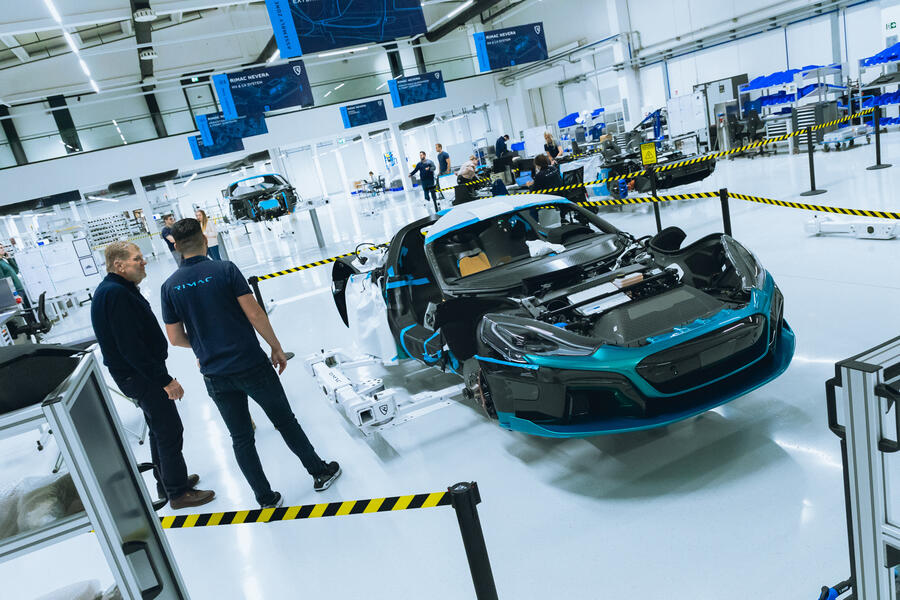
The first, headline-grabbing fact is that he’s still only 34 years old. He’s neither an industry-sponsored university man nor someone who inherited a family car business. He has never been nurtured by ‘Big Automotive’and his country doesn’t have a thriving car industry. Even his awesome car know-how is selfacquired: his University of Zagreb degree was in business management.

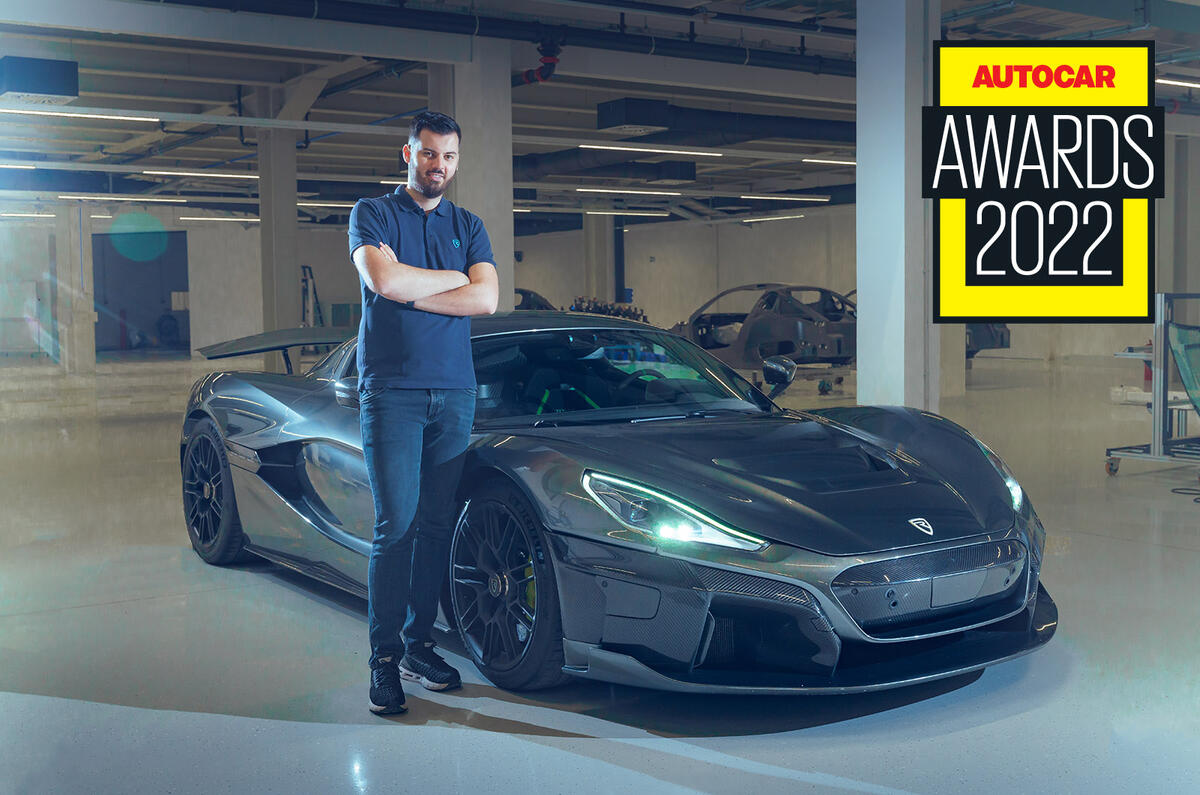
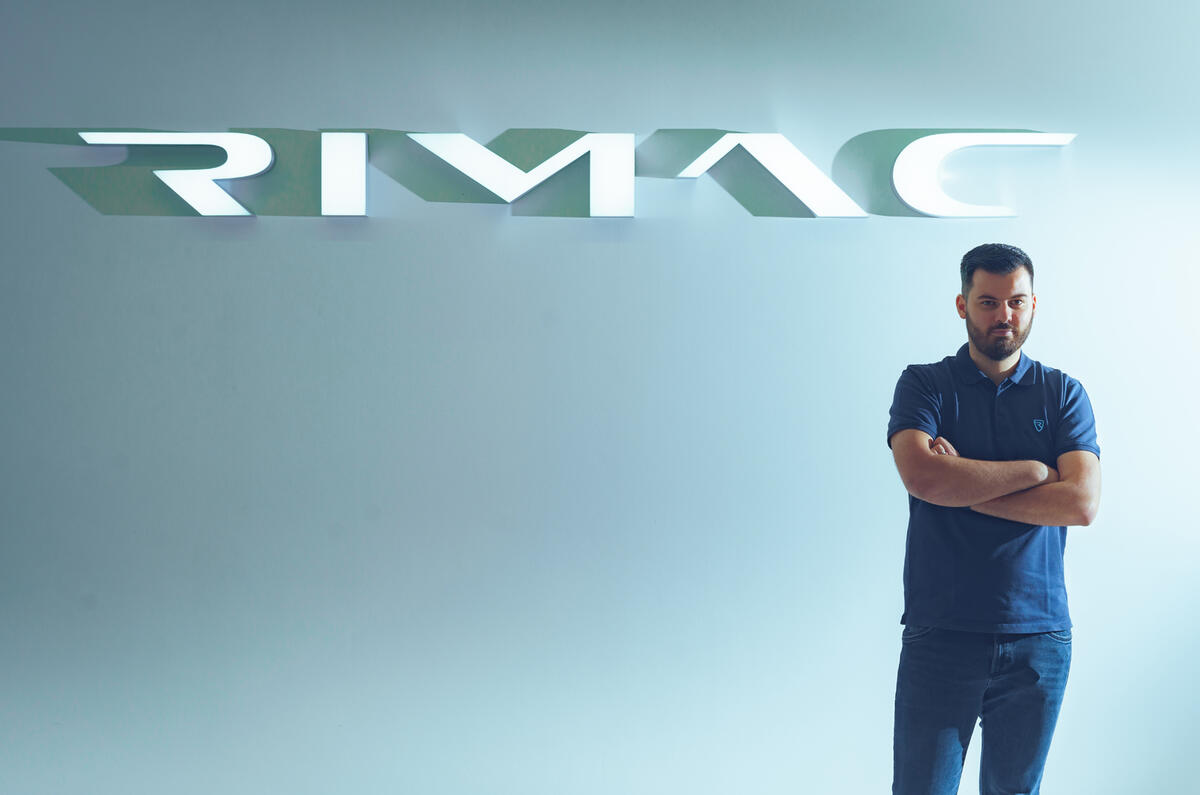
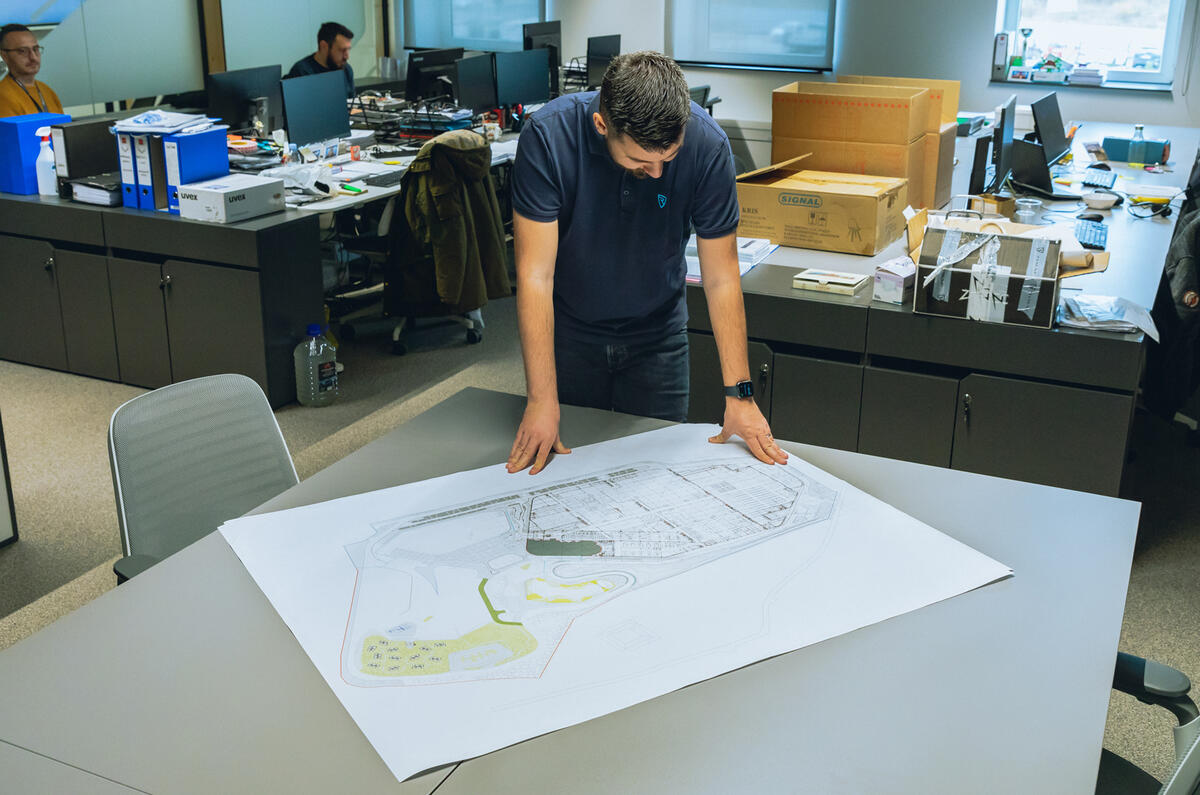
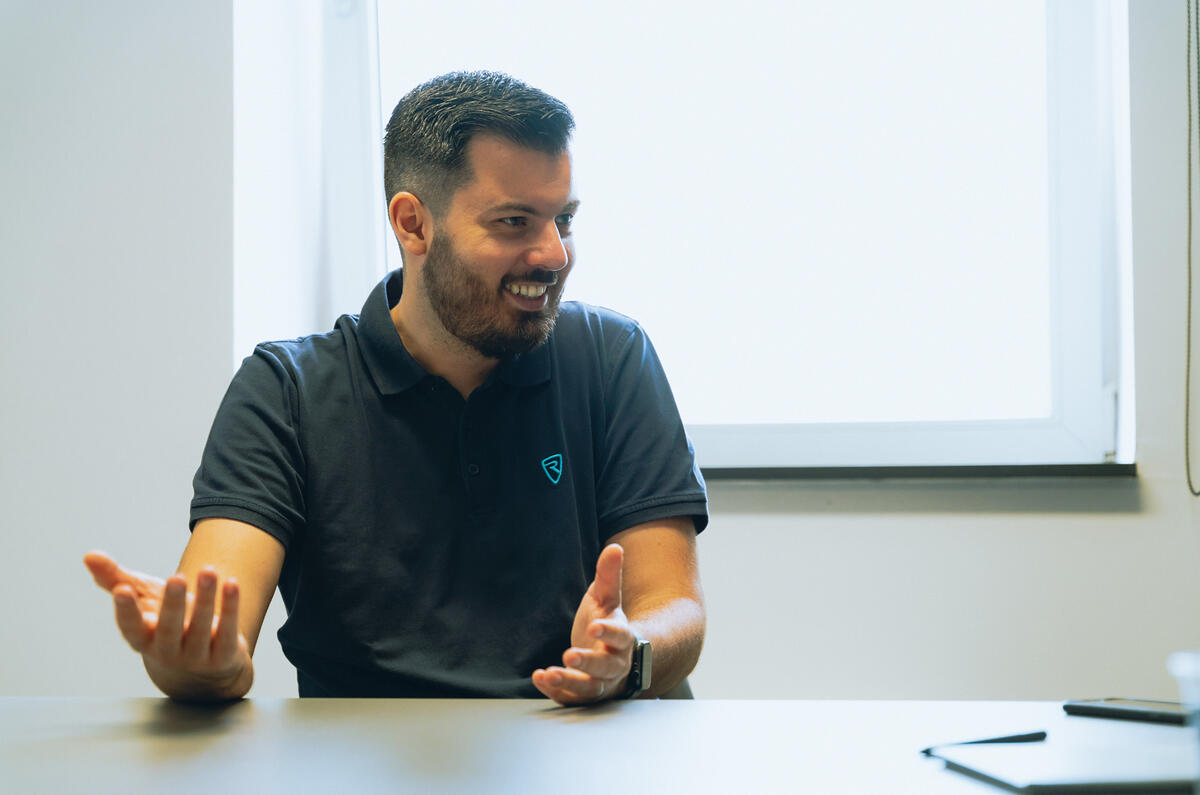
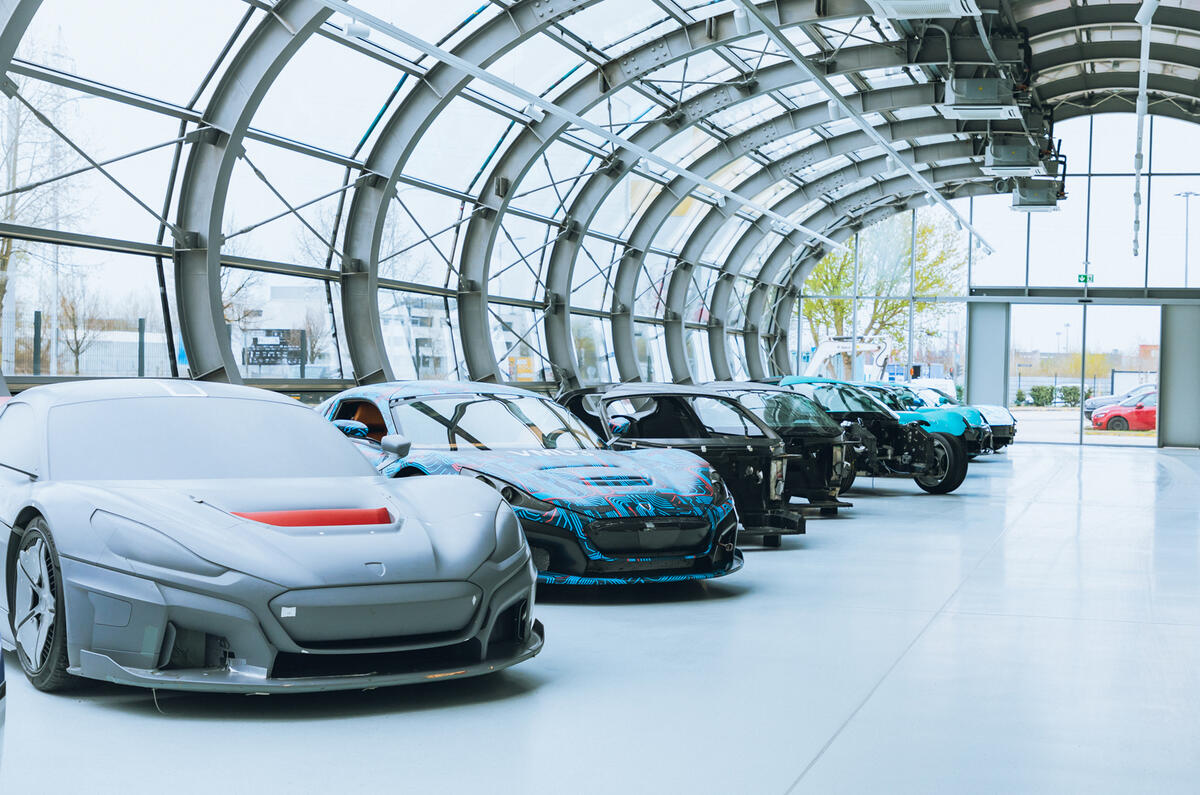
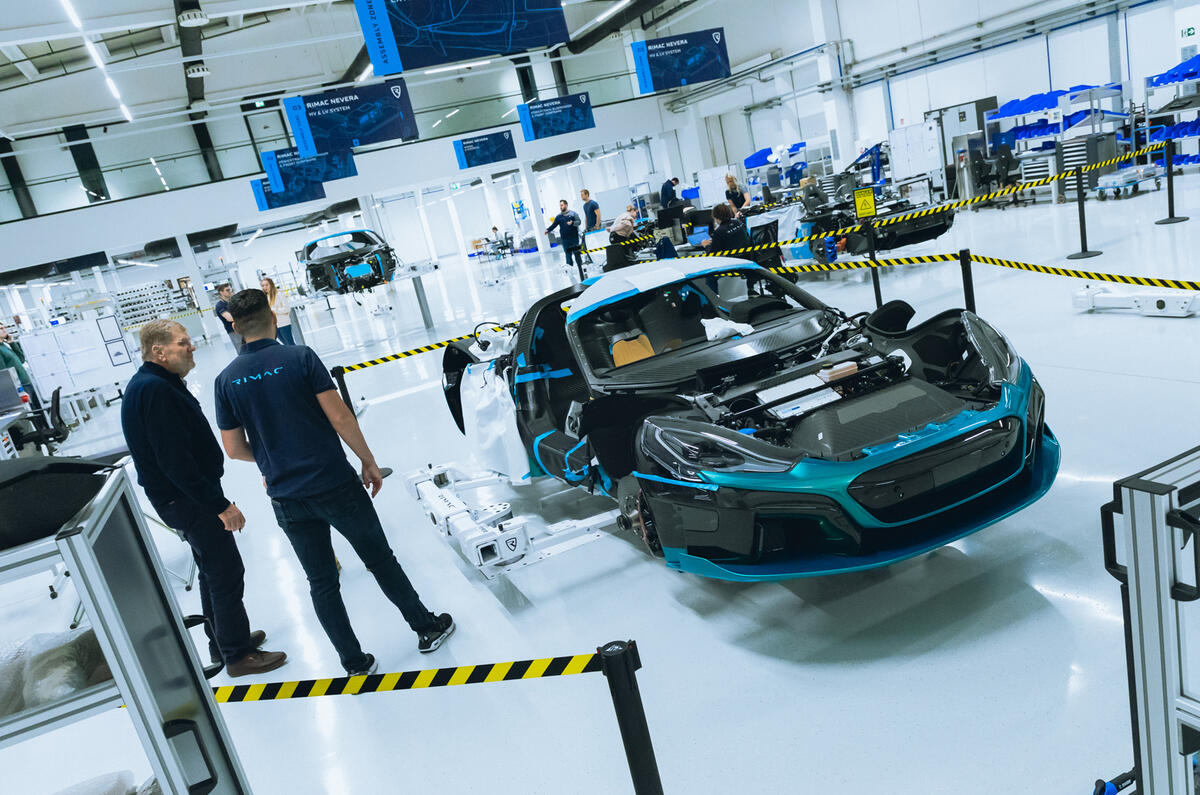


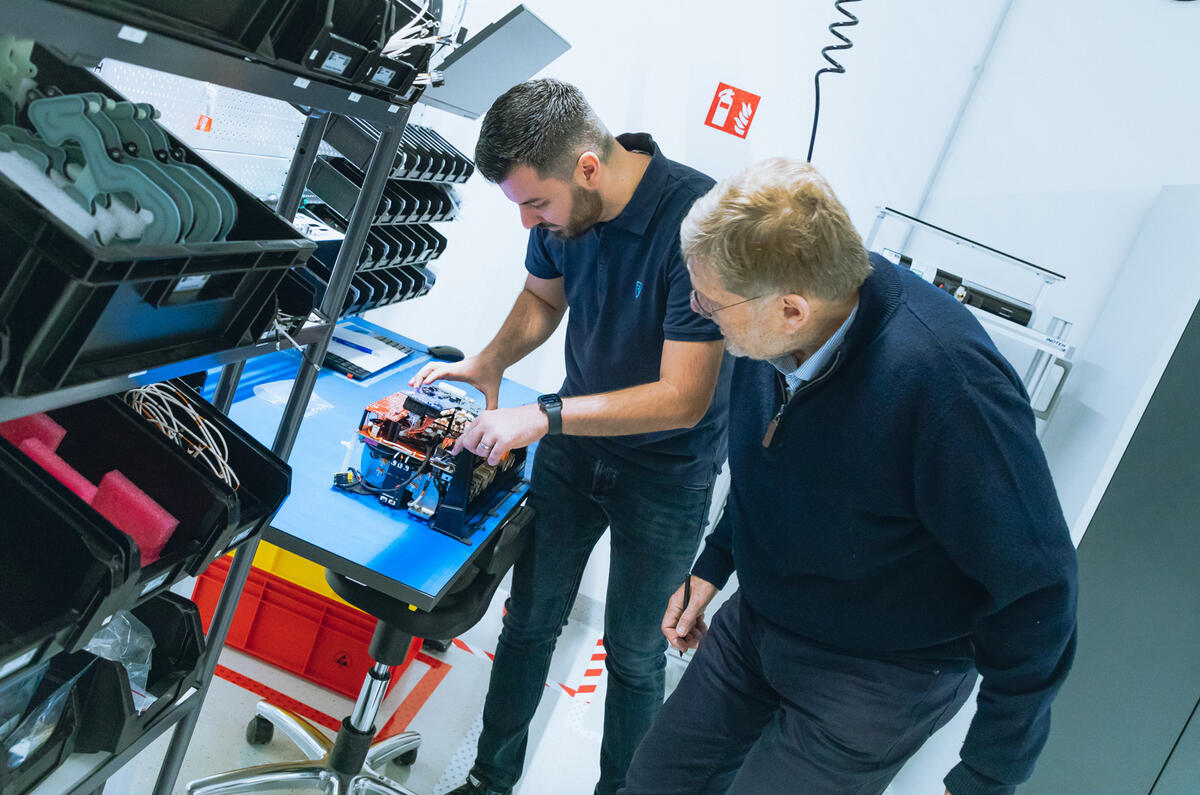
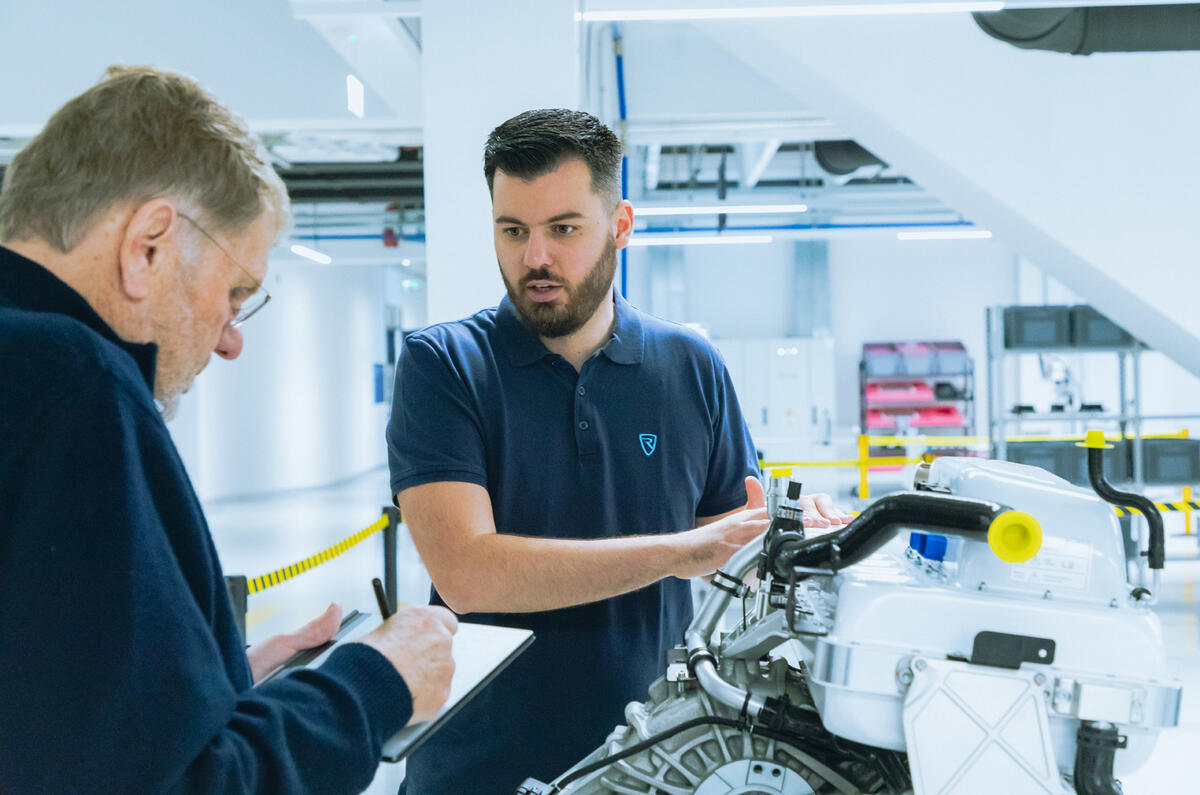

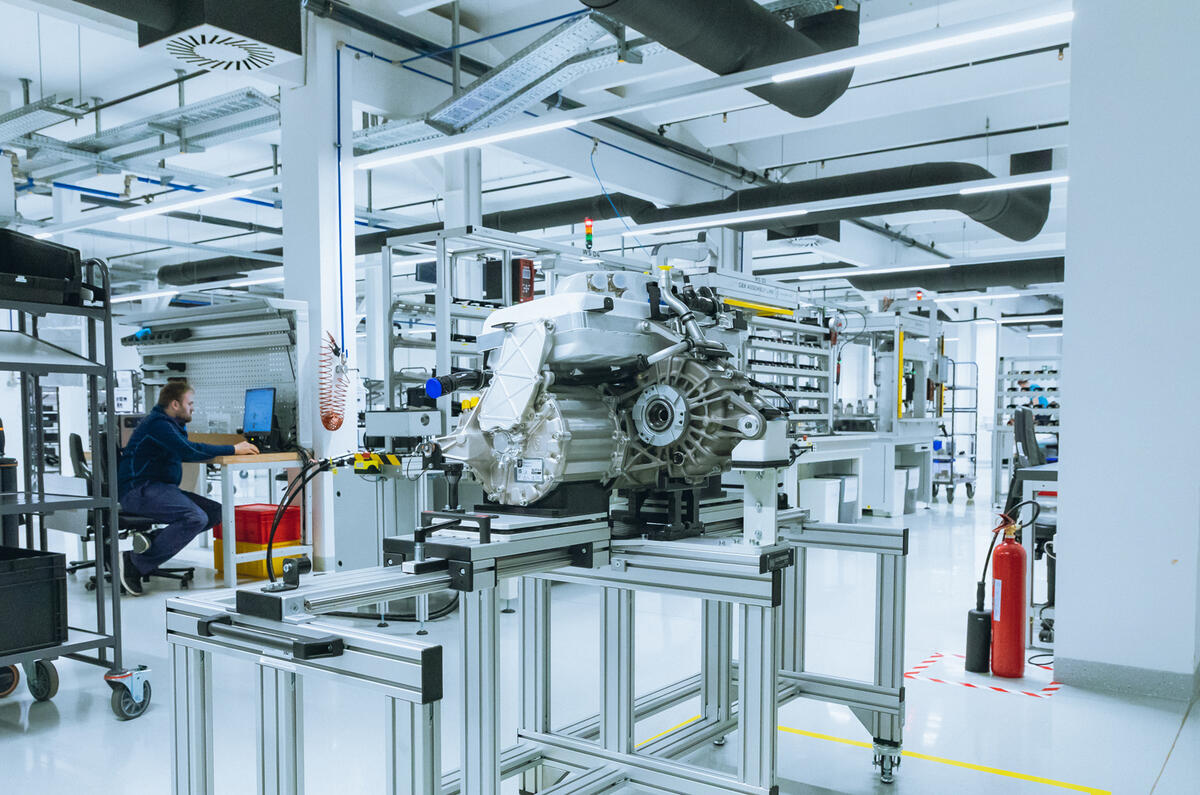
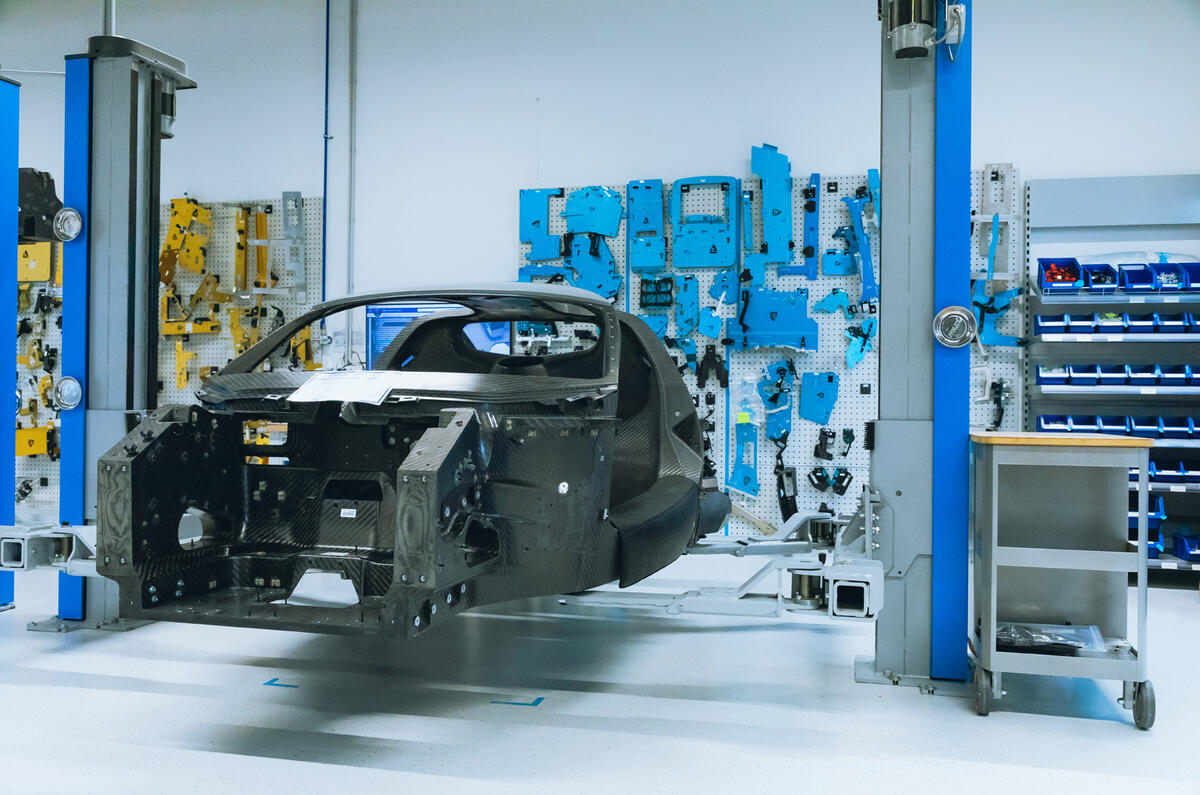
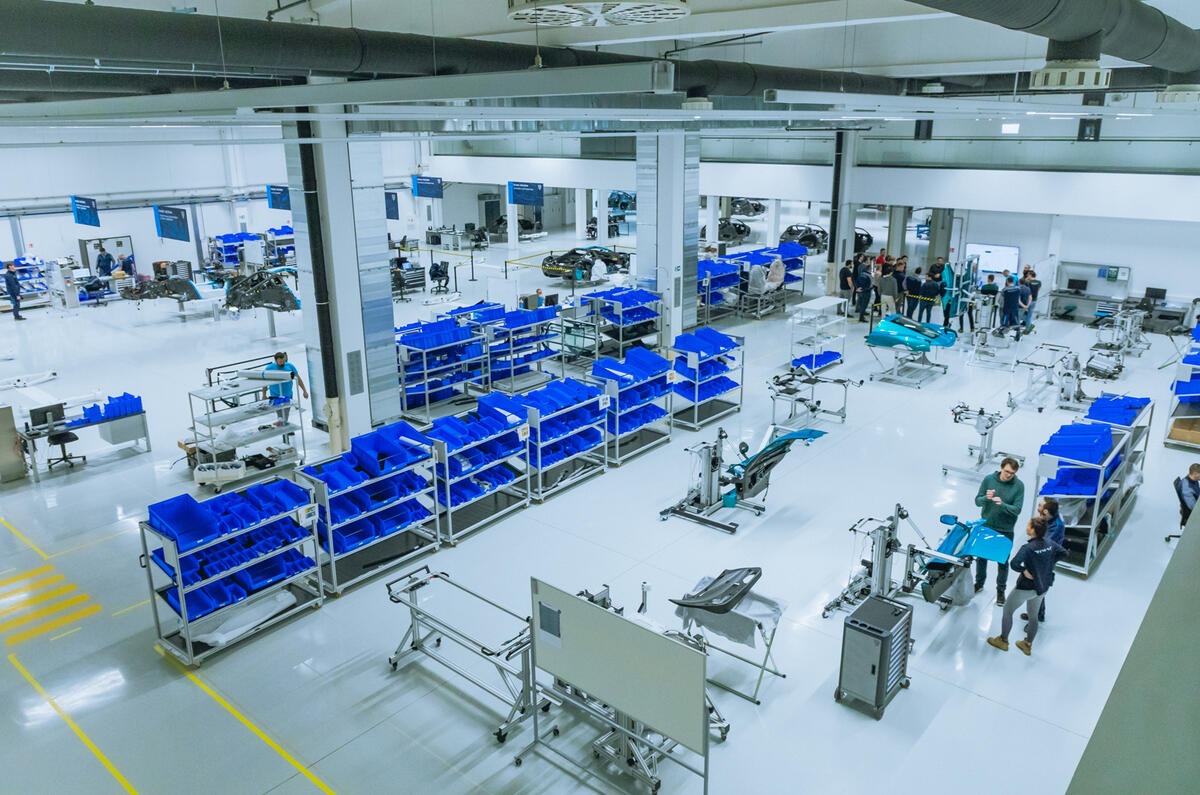
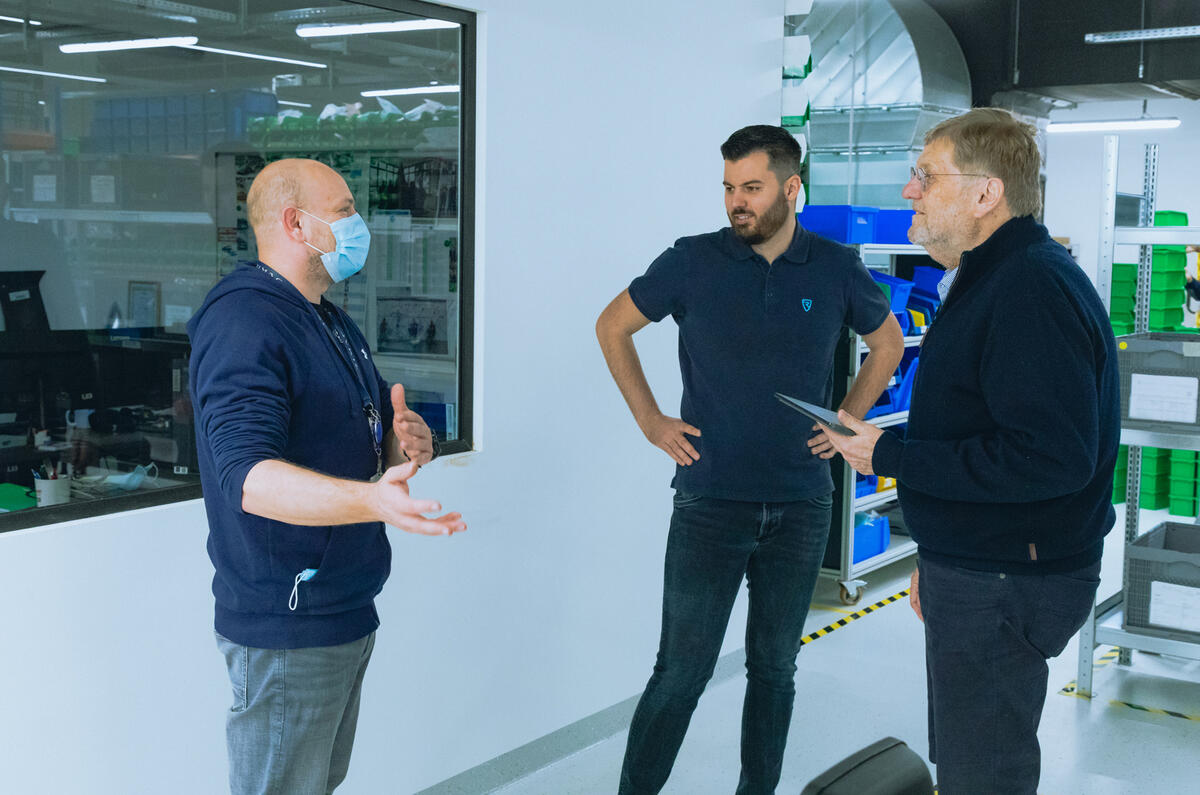

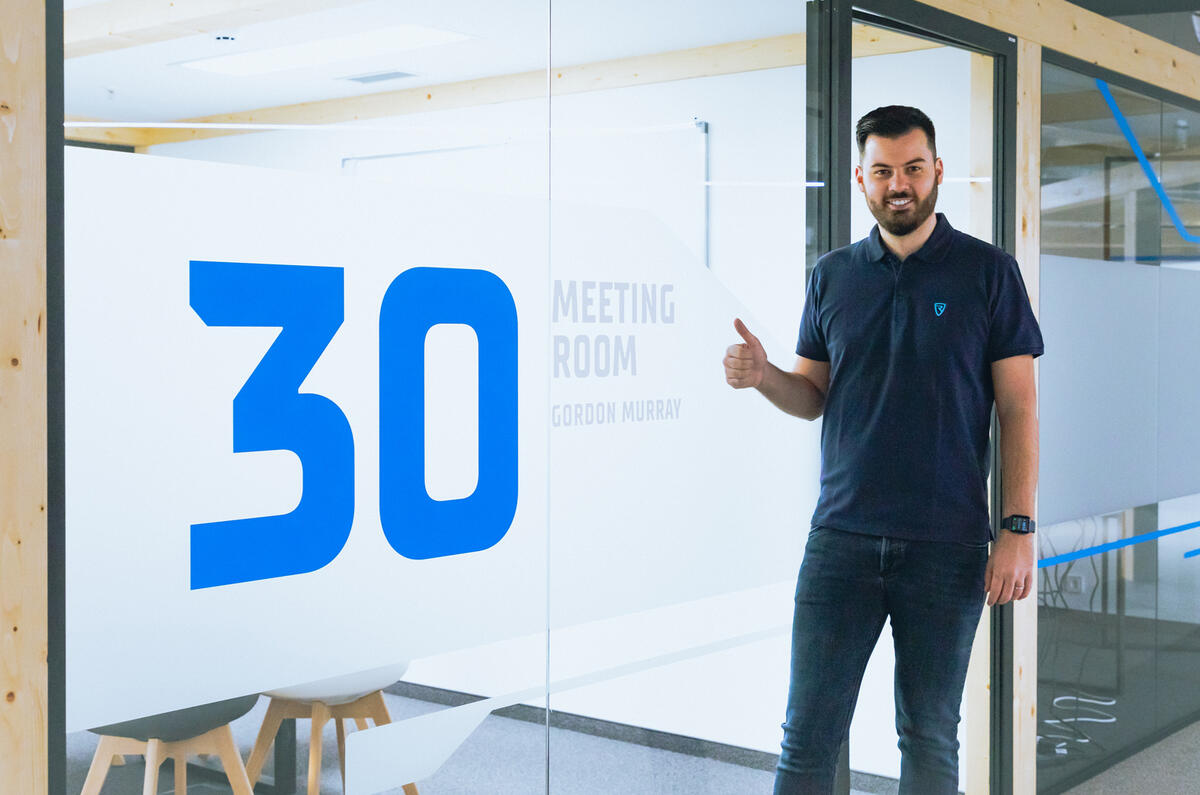
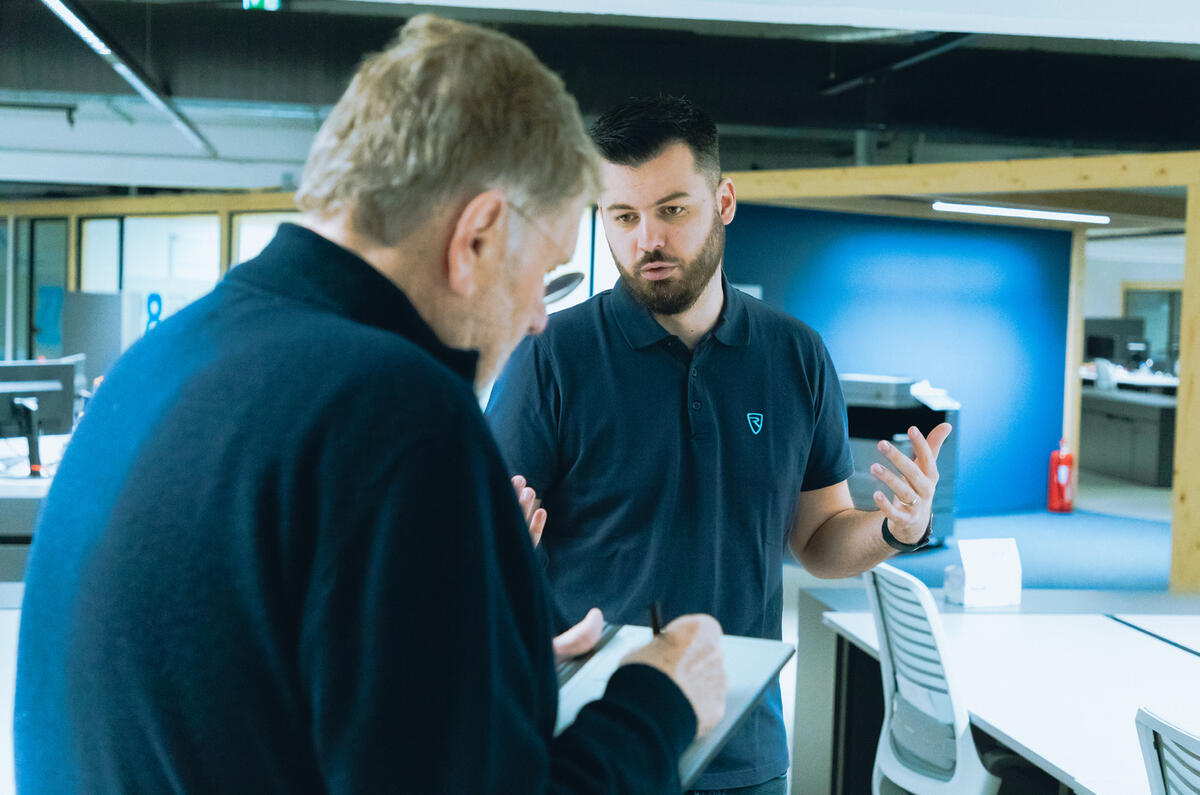
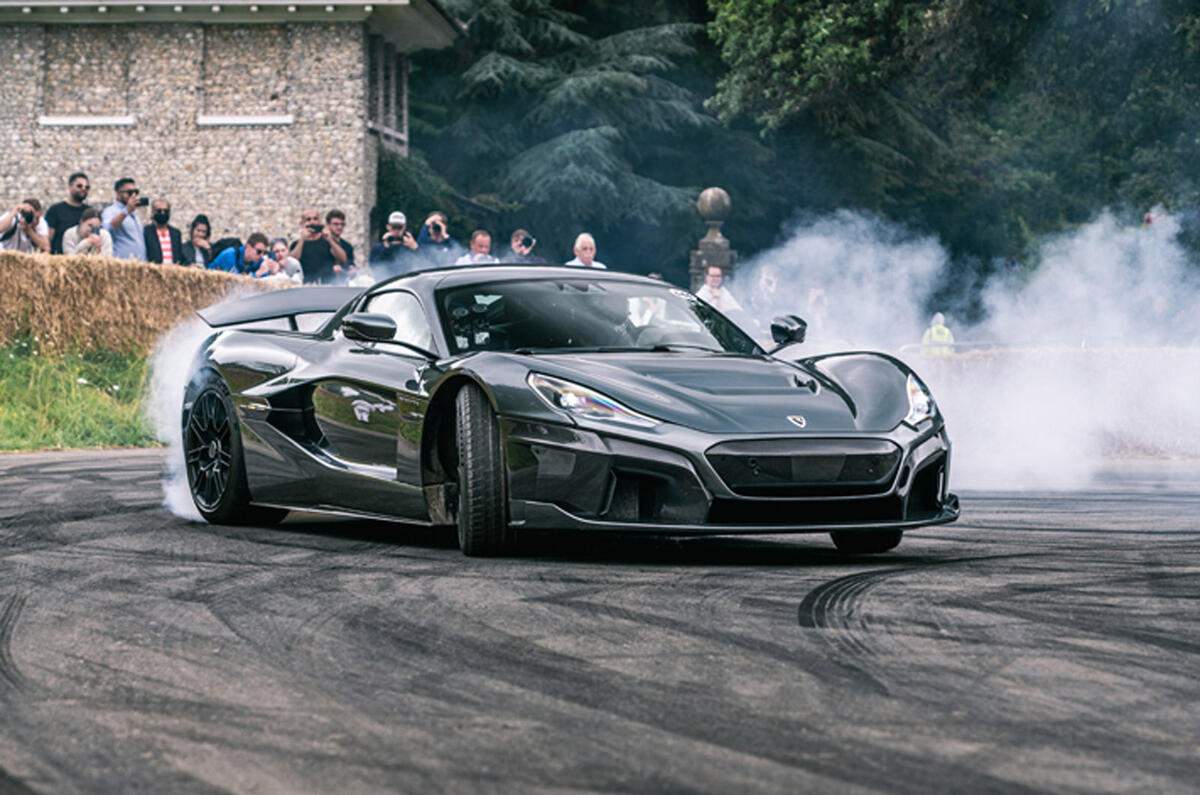
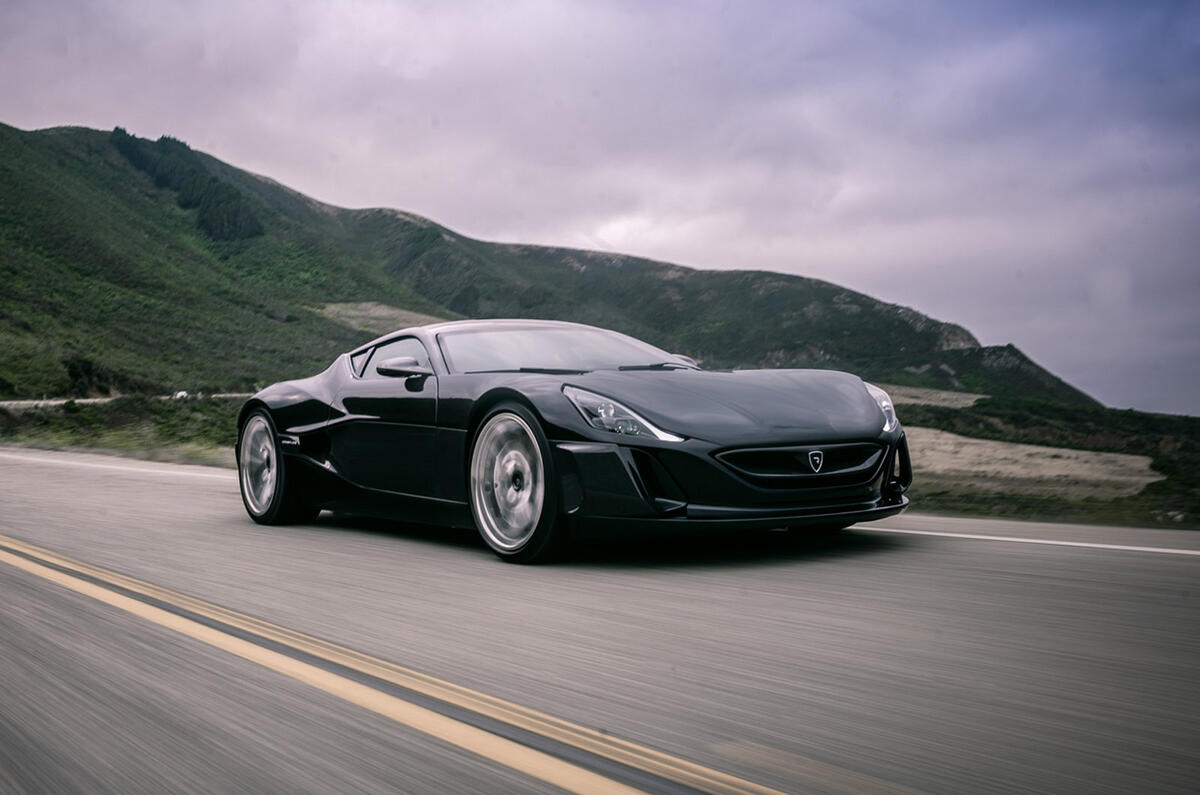

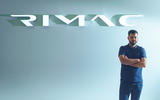

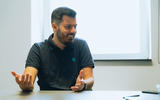

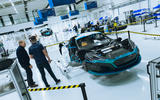
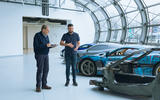
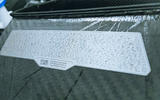

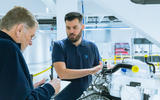

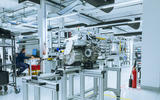
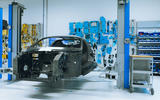
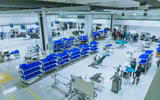
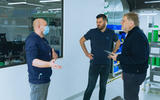
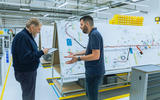
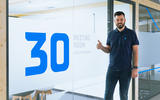

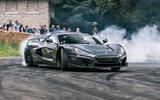
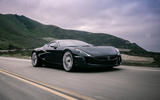

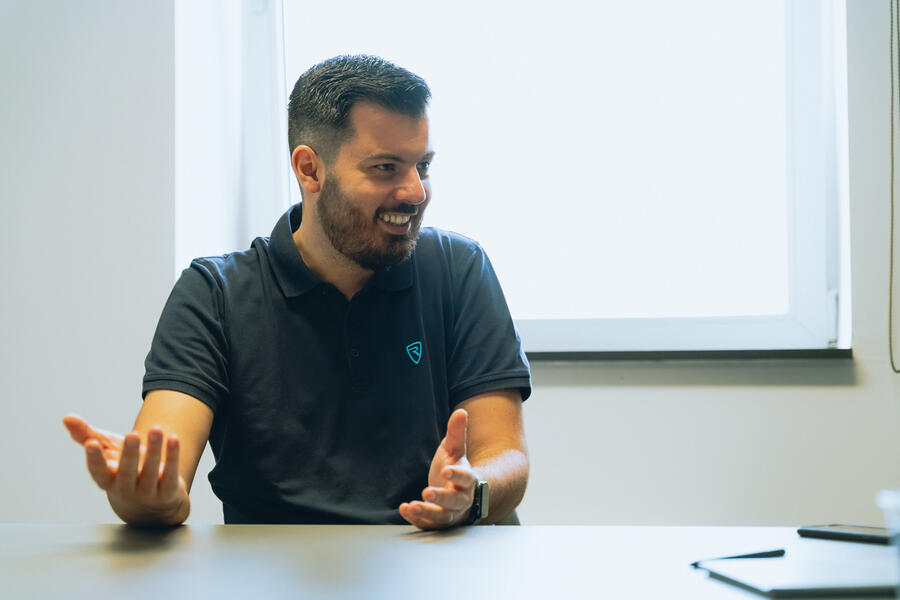
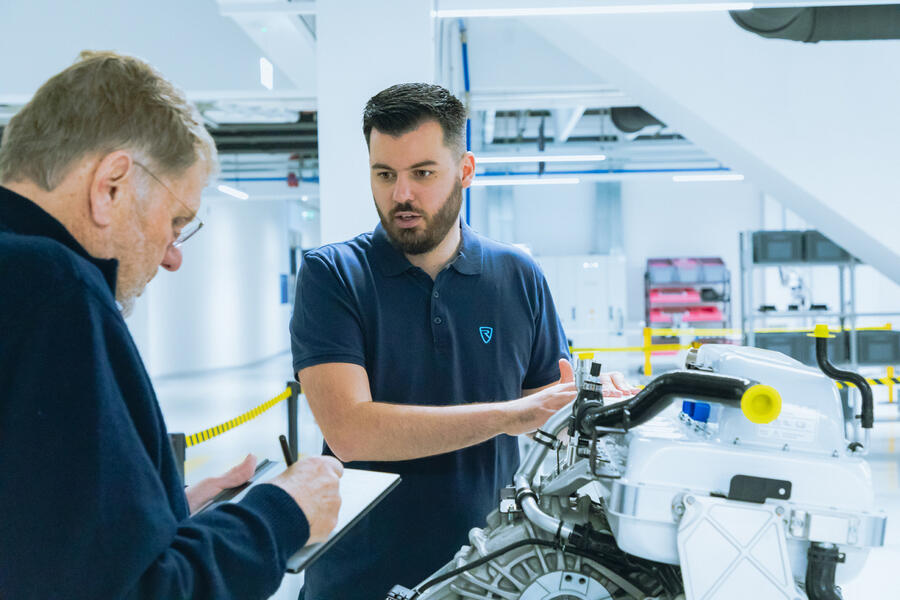
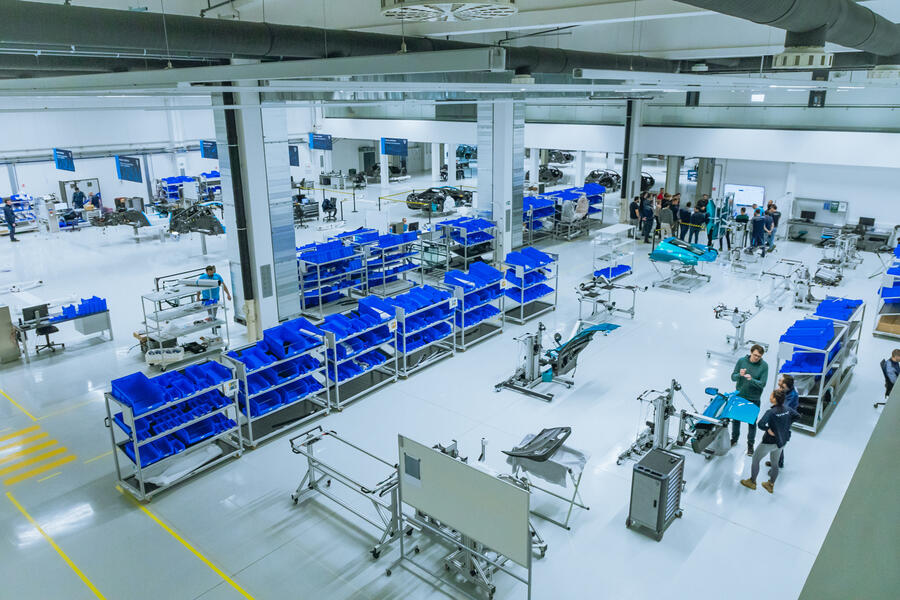
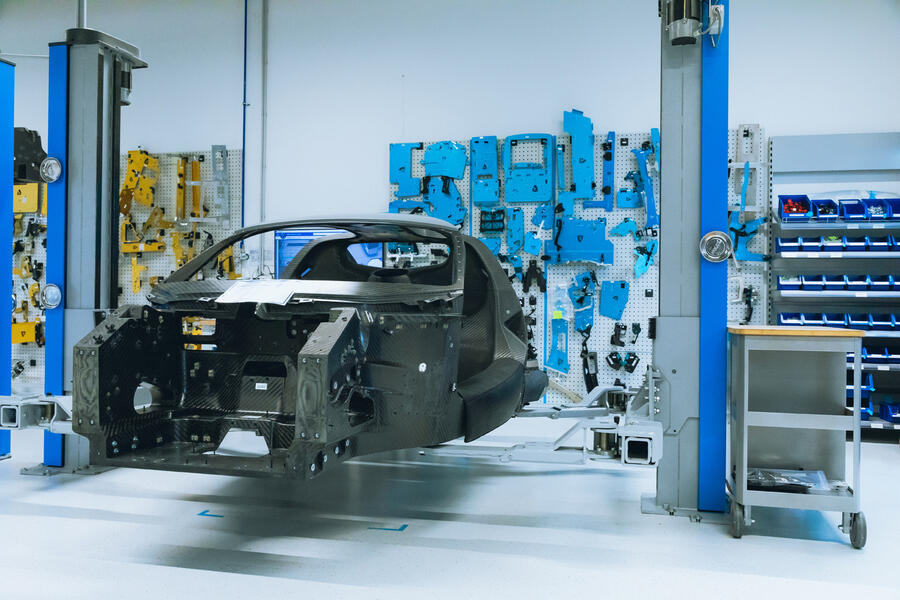
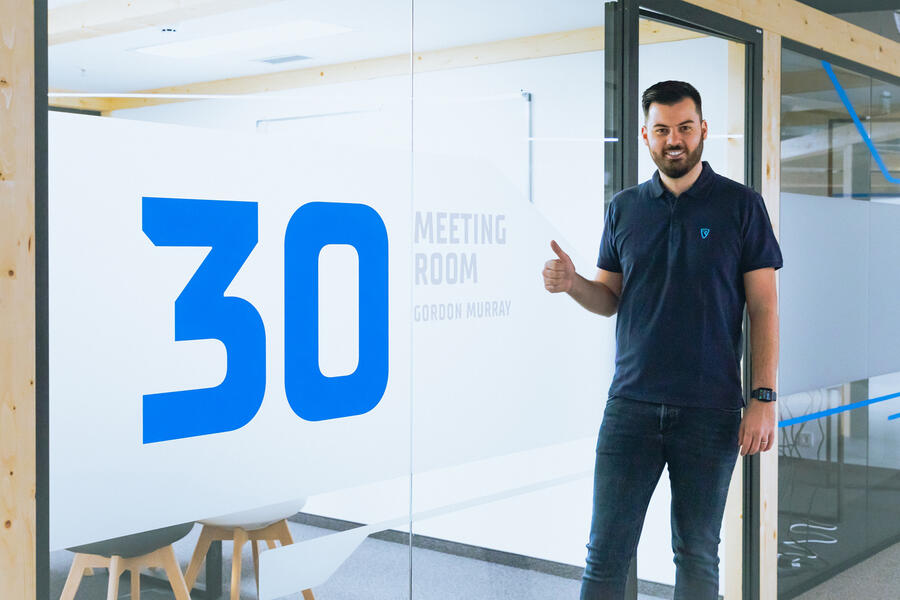

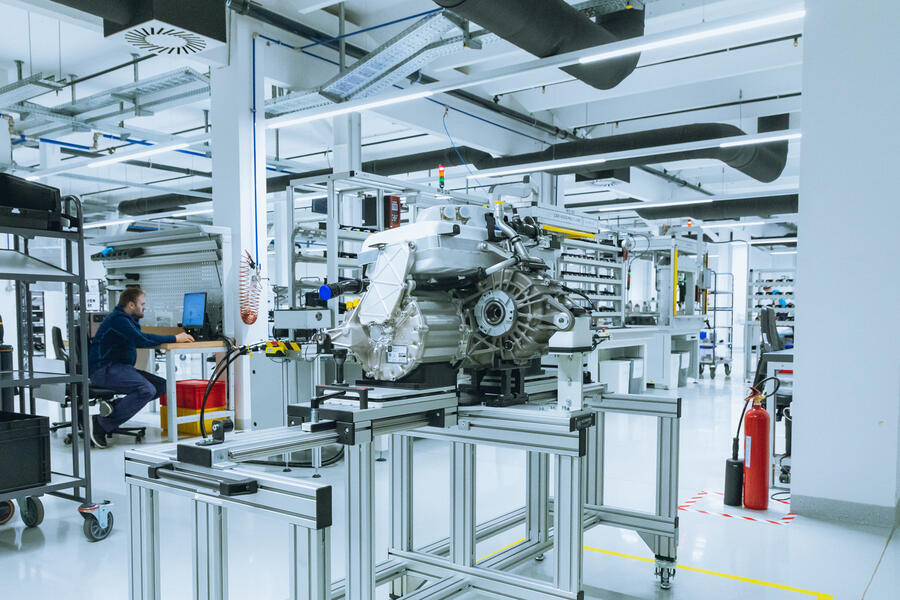





Join the debate
Add your comment
I just love this guy's obvious passion for everything automotive. Kudos for being asked to fix Bugatti too!